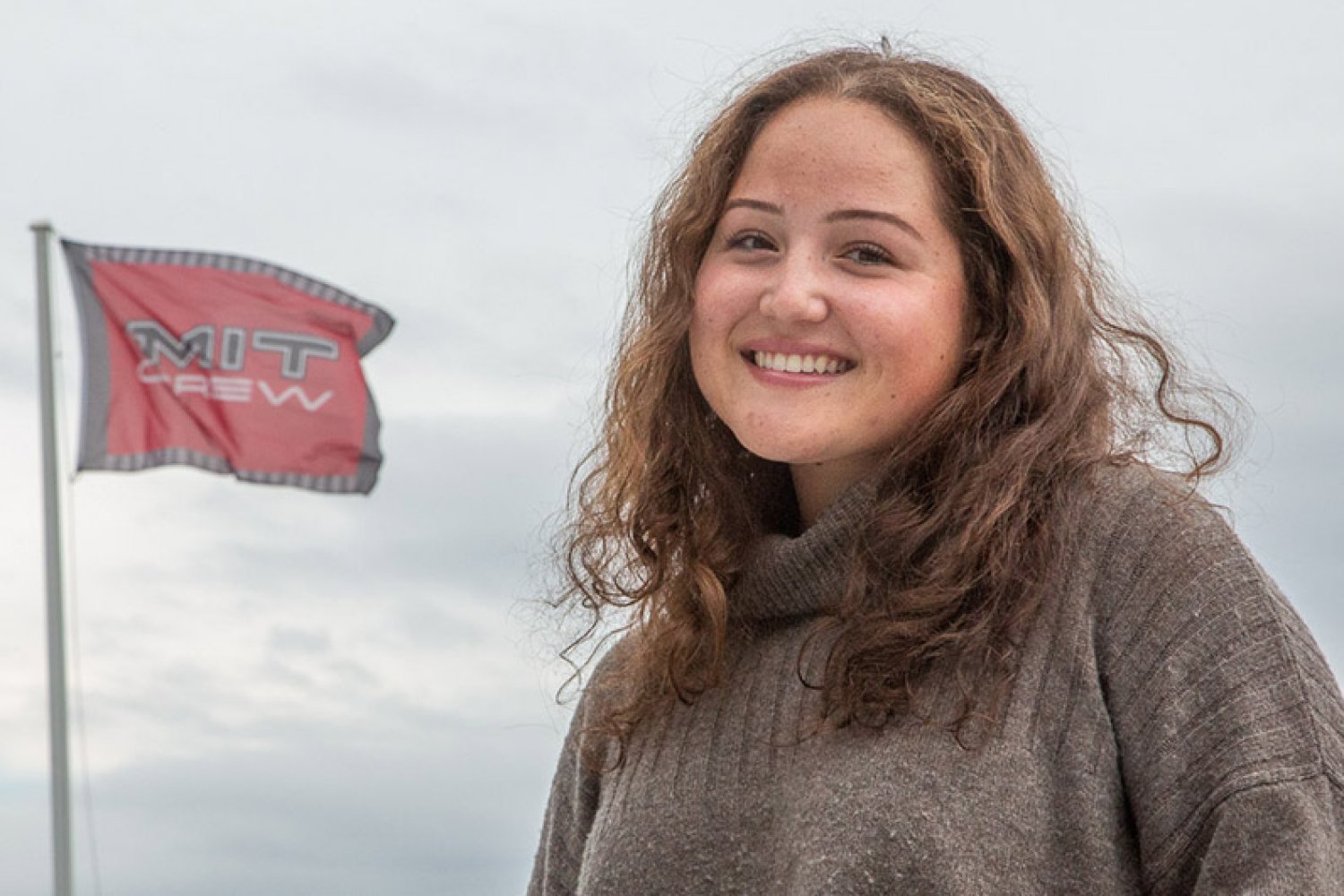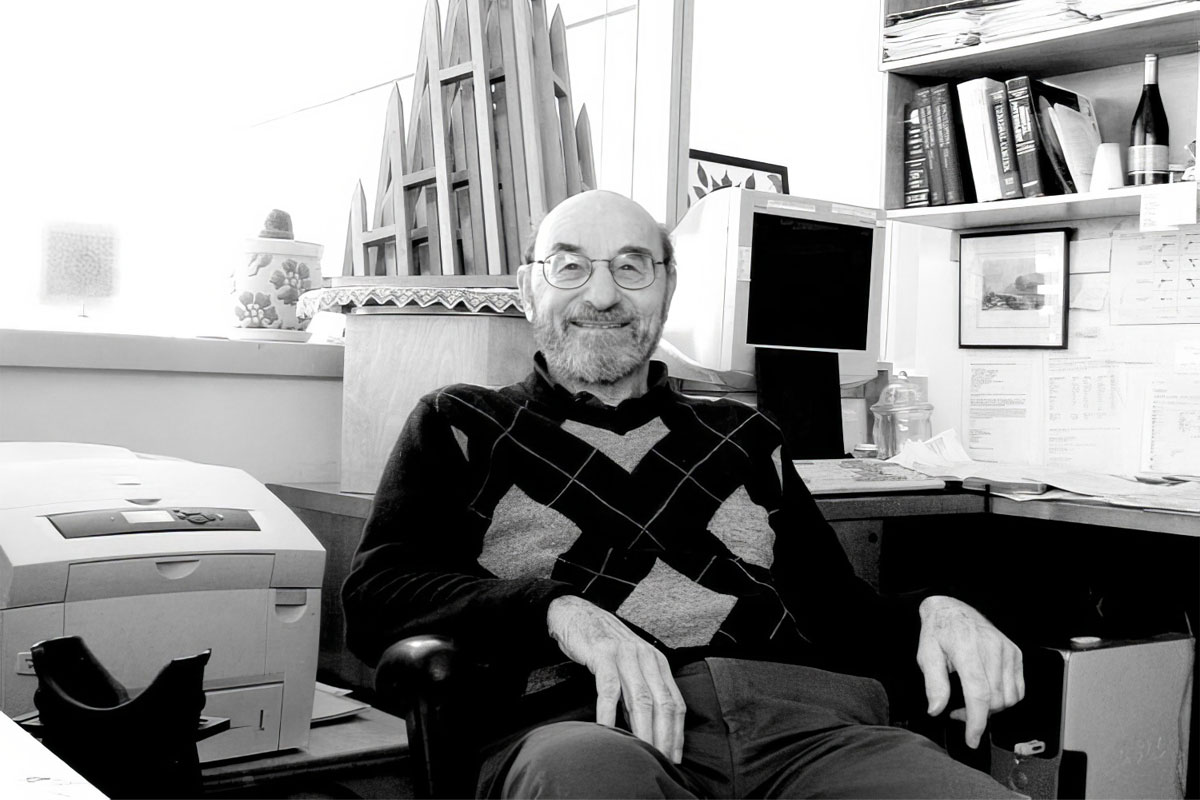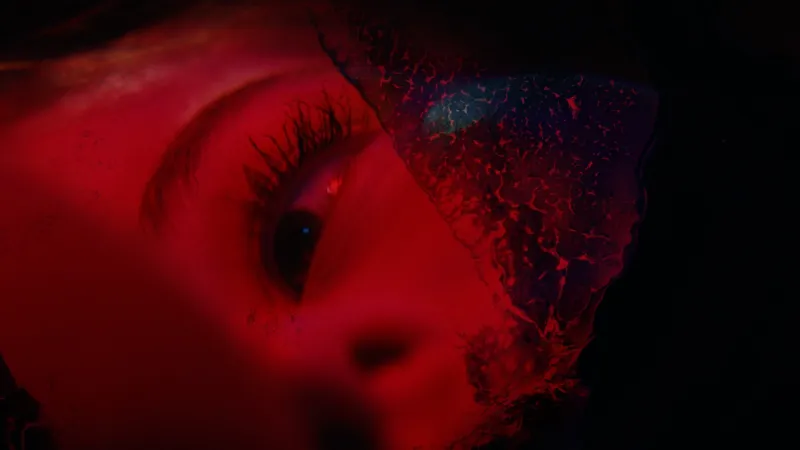
Before a drug is approved by the U.S. Food and Drug Administration (FDA), it must demonstrate both safety and efficacy. However, the FDA does not require an understanding a drug’s mechanism of action for approval. This acceptance of results without explanation raises the question of whether the “black box” decision-making process of a safe and effective artificial intelligence model must be fully explained in order to secure FDA approval.
This topic was one of many discussion points addressed on Monday, Dec. 4 during the MIT Abdul Latif Jameel Clinic for Machine Learning in Health (Jameel Clinic) AI and Health Regulatory Policy Conference, which ignited a series of discussions and debates amongst faculty; regulators from the United States, EU, and Nigeria; and industry experts concerning the regulation of AI in health.
As machine learning continues to evolve rapidly, uncertainty persists as to whether regulators can keep up and still reduce the likelihood of harmful impact while ensuring that their respective countries remain competitive in innovation. To promote an environment of frank and open discussion, the Jameel Clinic event’s attendance was highly curated for an audience of 100 attendees debating through the enforcement of the Chatham House Rule, to allow speakers anonymity for discussing controversial opinions and arguments without being identified as the source.
Rather than hosting an event to generate buzz around AI in health, the Jameel Clinic’s goal was to create a space to keep regulators apprised of the most cutting-edge advancements in AI, while allowing faculty and industry experts to propose new or different approaches to regulatory frameworks for AI in health, especially for AI use in clinical settings and in drug development.
AI’s role in medicine is more relevant than ever, as the industry struggles with a post-pandemic labor shortage, increased costs (“Not a salary issue, despite common belief,” said one speaker), as well as high rates of burnout and resignations among health care professionals. One speaker suggested that priorities for clinical AI deployment should be focused more on operational tooling rather than patient diagnosis and treatment.
One attendee pointed out a “clear lack of education across all constituents — not just amongst developer communities and health care systems, but with patients and regulators as well.” Given that medical doctors are often the primary users of clinical AI tools, a number of the medical doctors present pleaded with regulators to consult them before taking action.
Data availability was a key issue for the majority of AI researchers in attendance. They lamented the lack of data to make their AI tools work effectively. Many faced barriers such as intellectual property barring access or simply a dearth of large, high-quality datasets. “Developers can’t spend billions creating data, but the FDA can,” a speaker pointed out during the event. “There’s a price uncertainty that could lead to underinvestment in AI.” Speakers from the EU touted the development of a system obligating governments to make health data available for AI researchers.
By the end of the daylong event, many of the attendees suggested prolonging the discussion and praised the selective curation and closed environment, which created a unique space conducive to open and productive discussions on AI regulation in health. Once future follow-up events are confirmed, the Jameel Clinic will develop additional workshops of a similar nature to maintain the momentum and keep regulators in the loop on the latest developments in the field.
“The North Star for any regulatory system is safety,” acknowledged one attendee. “Generational thought stems from that, then works downstream.”





